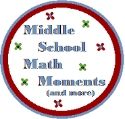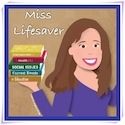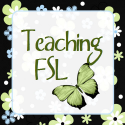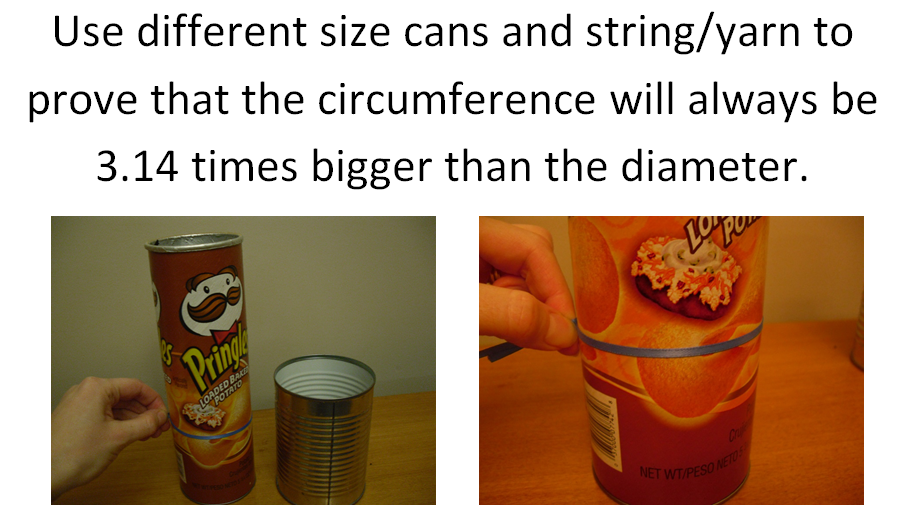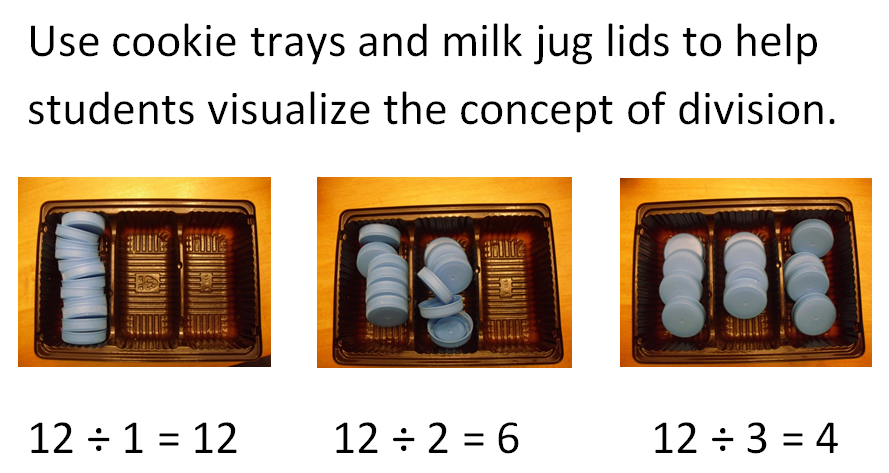I am continuing on with my series called "DIY Dice". If you haven't seen my previous posts you can find them
here.
My main goal is to provide you with some alternative ways to make Math manipulatives without breaking your budget, as well as some interactive activities for using your new hand-made manipulatives.
So, another week, another idea. Here is another way I use "do-it-yourself" dice in my Math classroom...
DIY Dice - Idea #3
Integer Dice
Again, the thing I love most about
using these dice is it allows for easy differentiation. These activities allow students to develop their understanding at their own rate, thus becoming more confident learners. Each set of dice can be
slightly different to accommodate each student's abilities. . One group could be
working with positive integers, one with a negative integers, one with a
combination of positive and negative integers, etc. Plus, you can easily keep
them organized by color-coding them, i.e. positive integers are red, negative
integers are blue, etc.
I also love that the
possibilities with these dice are endless. Here are a few ways to create your integer
dice.
1.
Sign Dice – I use these most often
as I find they provide the most variety in terms of integers rolled. Students
will roll two dice to determine their integer. One die represents the sign
(positive sign and negative sign each appear 3 times on the die), and the other
the value. If you have already created sets of number dice, you can use either
single digit numbers or double digit numbers, depending on your students and
the activity.
2. Positive/Negative Dice – I make sets of dice where all the integers on
one die are positive, and the numbers are random between 1 and 9, alternatively
I create sets where all the integers are negative. These are helpful when you
want students working on a particular skill, such as subtracting negative numbers.
3. Combination Dice- These sets of dice
include random positive and negative integers between 1 and 9. You could also
use double digit numbers if you wanted.
Here are some sample activities in progress.
...and here is a sample game to play with integer dice.
You can find the whole collection of activities and games using DIY Integer Dice
here. There are over 12 activities and printables included in the pack!
I hope you have been enjoying these posts and have found some ways to incorporate DIY dice in your own classroom. I would love to hear about them.
Stay tuned for another way I use DIY dice next week!







